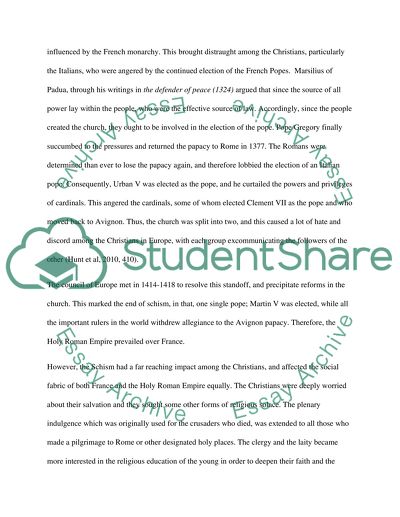Cite this document
(“Renaissance and Reformation Essay Example | Topics and Well Written Essays - 1000 words”, n.d.)
Renaissance and Reformation Essay Example | Topics and Well Written Essays - 1000 words. Retrieved from https://studentshare.org/history/1473948-westen-civilization
Renaissance and Reformation Essay Example | Topics and Well Written Essays - 1000 words. Retrieved from https://studentshare.org/history/1473948-westen-civilization
(Renaissance and Reformation Essay Example | Topics and Well Written Essays - 1000 Words)
Renaissance and Reformation Essay Example | Topics and Well Written Essays - 1000 Words. https://studentshare.org/history/1473948-westen-civilization.
Renaissance and Reformation Essay Example | Topics and Well Written Essays - 1000 Words. https://studentshare.org/history/1473948-westen-civilization.
“Renaissance and Reformation Essay Example | Topics and Well Written Essays - 1000 Words”, n.d. https://studentshare.org/history/1473948-westen-civilization.


